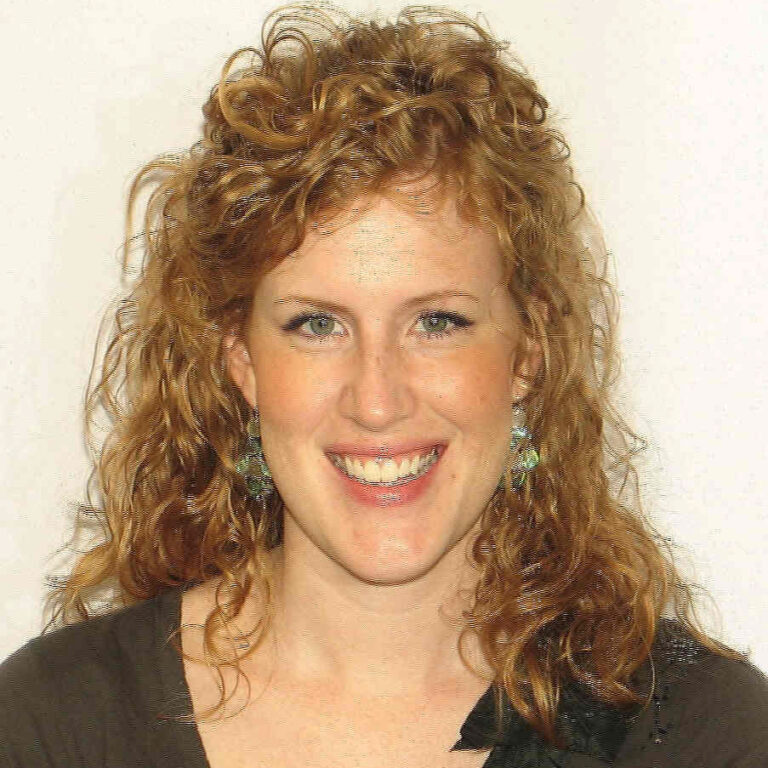Historical fiction is a tricky trope. We have information from the past, but are usually missing quite a few pieces. It is fun to fill in the gaps in logical or imaginative ways, but occasionally misleading, more interesting, more realistic, or more problematic. For example, there isn’t anything in the historical record to confirm that Abraham Lincoln was, in fact, a slayer of vampires. But I understand the appeal of the storyline.
I recently read Jefferson’s Sons: A Founding Father’s Secret Children, by Kimberly Brubaker Bradley. The book is aimed at a young adult audience, and creates a story around Thomas Jefferson, his slave, Sally Hemings, and Jefferson’s four surviving children with Sally Hemings: William Beverly, Harriet, James Madison, and Thomas Eston. The historical record is very clear that Sally Hemings had four children while she was enslaved at Monticello, that these children were quite white in their appearance, resembled Thomas Jefferson, and were freed by Thomas Jefferson – the older two children allowed to leave in 1822 and the other two freed in his will. Sally Hemings was not freed by Jefferson, but permitted to leave Monticello by Jefferson’s daughter after Jefferson’s death, and lived with her sons in Charlottesville, VA.
The historical record is also clear that there were substantial rumors about Thomas Jefferson and his slave, Sally Hemings. In 1802, as Jefferson ran for president of the United States, journalist James T. Callender, wrote in a Richmond, VA newspaper that Jefferson “kept as a concubine, one of his slaves,” named Sally, and that Jefferson had several children with her. Sally Hemings left no written accounts, as far as we know. In the 1990s, DNA evidence showed conclusively that Thomas Jefferson fathered children with Sally Hemings.
Teaching about slavery is difficult for a 21st century audience. But for me, the hardest part to understand is the day to day life and the intimacy of life among the slaves and their owners. The historical record often indicated the appearance of slaves. But rarely does the historical record clearly indicate the white fathers of enslaved children. And yet, we know it happened regularly. It’s hard to imagine living with slaves. And slaves that have children, and many of them look white. Or look like the master. Or his son. Or his brother. It’s the secret that everyone knows, but very few say anything about it. Everyone whispers about who is the father. Most people notice family resemblances. And yet the historical record is largely quiet about this common practice.
Frederick Douglass, in his Narrative, published in 1845, said this: “my father was a white man. He was admitted to be such by all I ever heard speak of my parentage. The opinion was also whispered that my master was my father; but of the correctness of this opinion, I know nothing.” Douglass goes on to give this commentary about the practice of fathering slaves: “the whisper that my master was my father may or may not be true; and, true or false, it is of but little consequence to my purpose whilst the fact remains, in all its glaring odiousness, that slaveholders have ordained, and by law established, that the children of slave women shall in all cases follow the condition of their mothers; and this is done too obviously to administer to their own lusts, and make a gratification of their wicked desires profitable as well as pleasurable; for by this cunning arrangement, the slaveholder, in cases not a few, sustains to his slaves the double relation of master and father.” Everyone noticed. You had to work very hard to not notice this practice and the historical record reflects some evidence of biracial children, but officially fails to acknowledge this practice. This also makes it easy for some to deny the practice ever happened.
Thomas Jefferson allowed for the freedom of his enslaved children, but this was a rare occurrence. I wish that Sally Hemings wrote her own story, but she didn’t. Or, if she did, it was not preserved.
Photo by Eric Muhr on Unsplash

